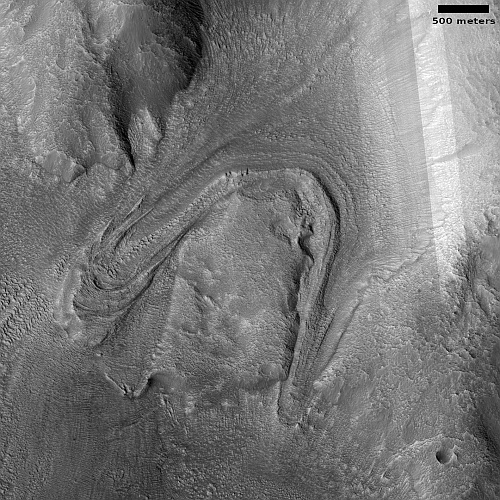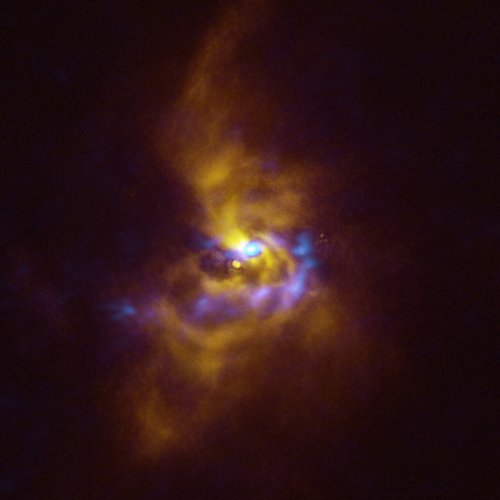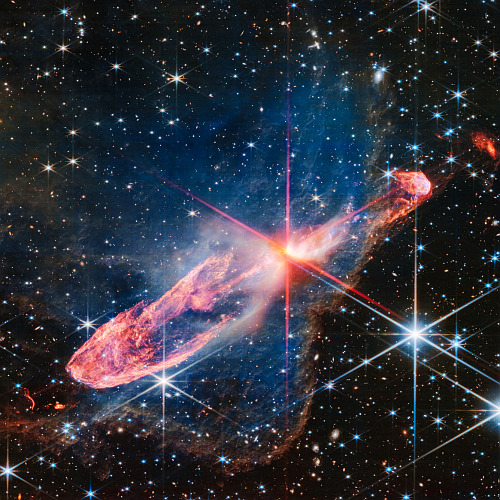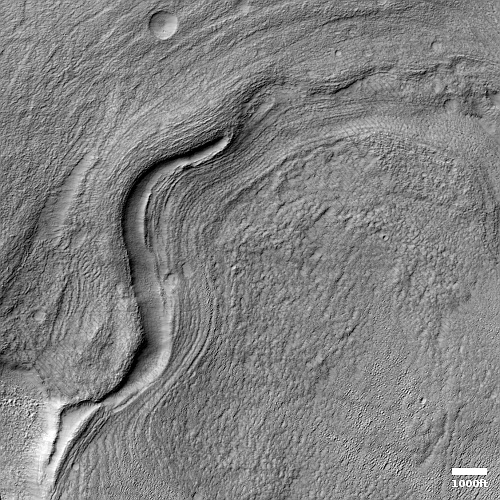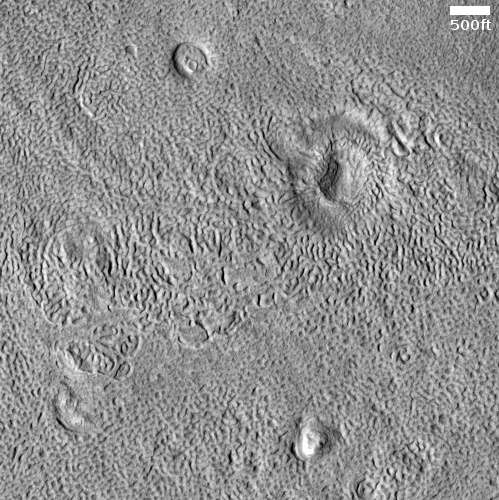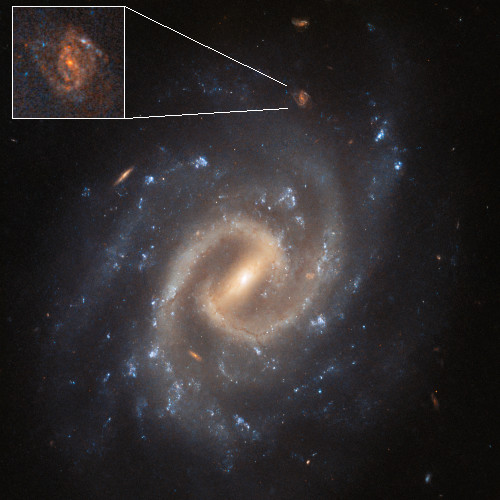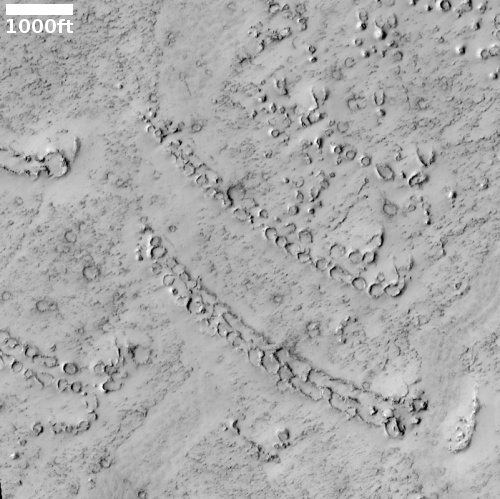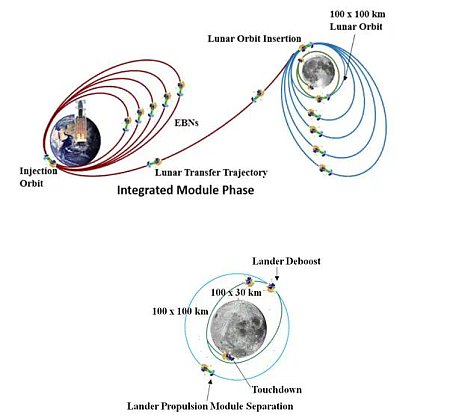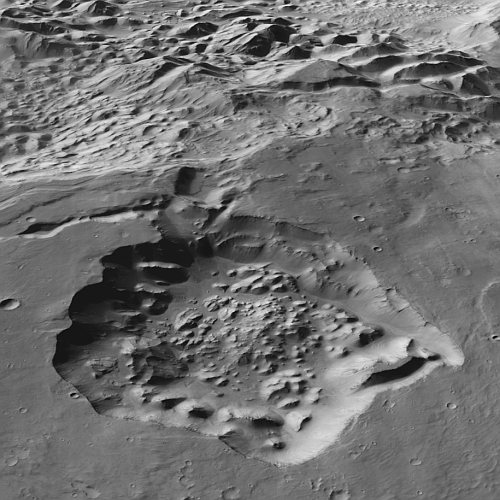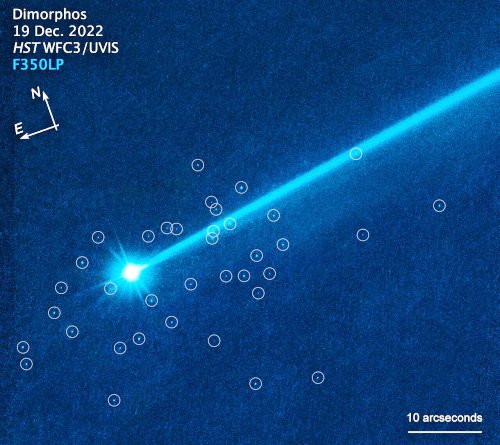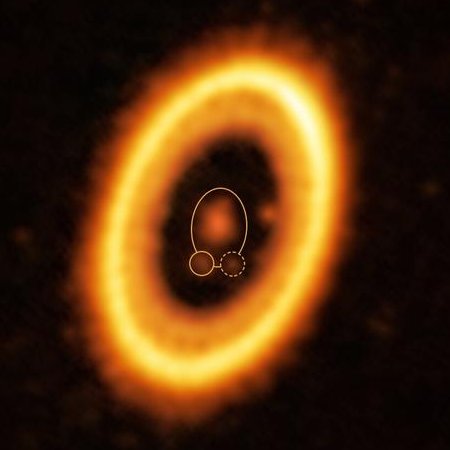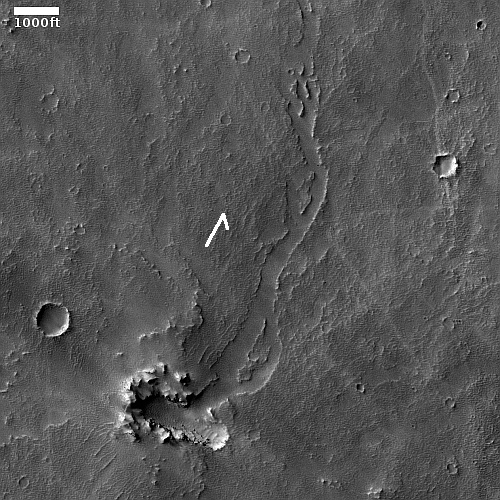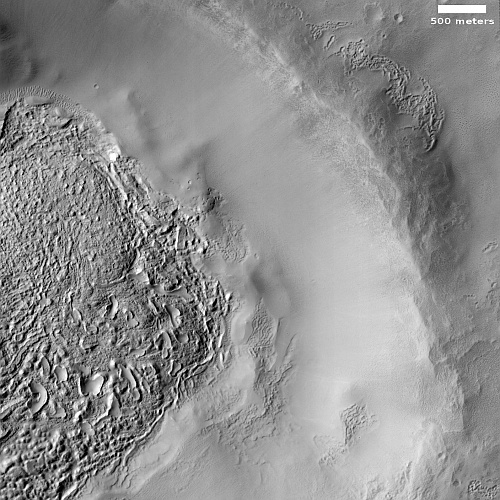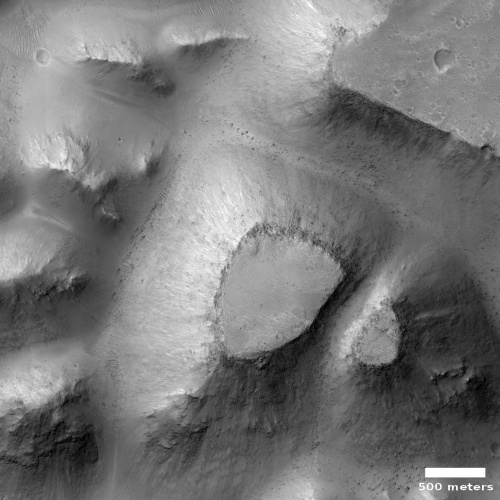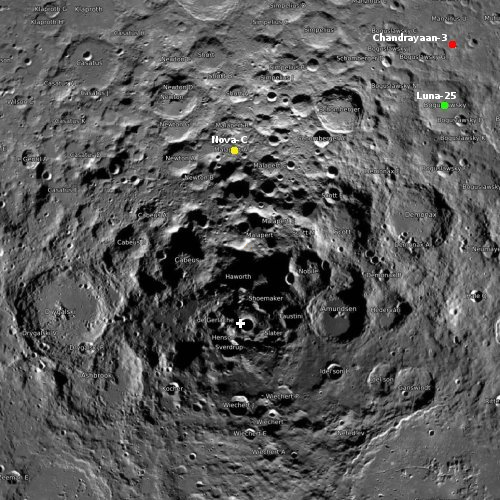Juno’s next fly-by of Io coming on July 30

An image of Io from the March fly-by
The Juno science team is gearing up for the spacecraft’s next fly-by of the Jupiter moon Io, scheduled for July 30, 2023.
When NASA’s Juno mission flies by Jupiter’s fiery moon Io on Sunday, July 30, the spacecraft will be making its closest approach yet, coming within 13,700 miles (22,000 kilometers) of it. Data collected by the Italian-built JIRAM (Jovian InfraRed Auroral Mapper) and other science instruments is expected to provide a wealth of information on the hundreds of erupting volcanoes pouring out molten lava and sulfurous gases all over the volcano-festooned moon.
The image to the right was taken from 33,000 miles during the March fly-by, almost three times farther away. The dark spots are volcanoes, and some showed significant change from earlier images.

An image of Io from the March fly-by
The Juno science team is gearing up for the spacecraft’s next fly-by of the Jupiter moon Io, scheduled for July 30, 2023.
When NASA’s Juno mission flies by Jupiter’s fiery moon Io on Sunday, July 30, the spacecraft will be making its closest approach yet, coming within 13,700 miles (22,000 kilometers) of it. Data collected by the Italian-built JIRAM (Jovian InfraRed Auroral Mapper) and other science instruments is expected to provide a wealth of information on the hundreds of erupting volcanoes pouring out molten lava and sulfurous gases all over the volcano-festooned moon.
The image to the right was taken from 33,000 miles during the March fly-by, almost three times farther away. The dark spots are volcanoes, and some showed significant change from earlier images.


